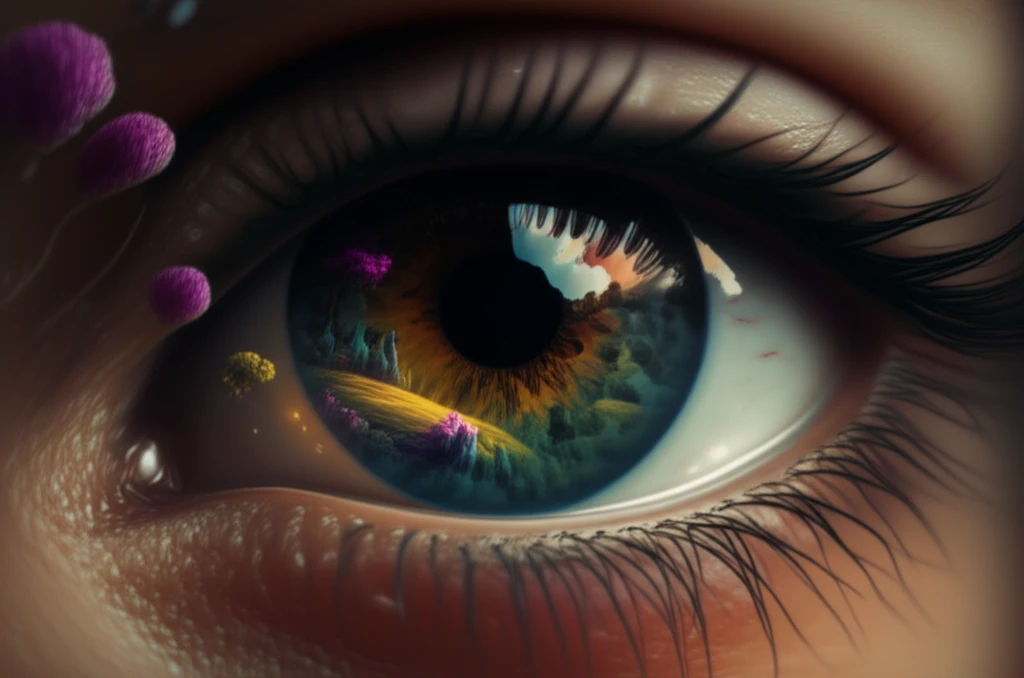
Seeing is Believing: How Our Brain Builds 3D Worlds from 2D Images
"Unlock the secrets of depth perception and discover how your brain masterfully interprets the visual world through binocular disparity."
Our eyes, positioned at the front of our faces, are not just for seeing; they're the key to experiencing depth. This remarkable ability, known as stereopsis, allows us to perceive the world in three dimensions, adding richness and context to our surroundings. Stereopsis relies on binocular disparity, the slight difference between the images each eye captures.
These differences, though subtle, provide crucial information that our brains use to compute depth and spatial relationships. Estimating disparity is a fundamental step for taking these 2D images and turning them into a 3D world. Once the disparity is figured out, our brain is able to work out distance by using triangulation.
While scientists have explored the mechanisms behind disparity estimation for decades, one thing is certain, understanding how this process works not only sheds light on our visual system but also opens doors to improving artificial intelligence, robotics, and other fields that rely on depth perception.
Decoding Depth: How Does the Brain Estimate Disparity?

Estimating disparity can be difficult because there can be multiple matches between what each eye sees. To overcome this, the brain uses clues to weed out the false matches. In mammals, this process begins with neurons in the visual cortex, where signals from both eyes are combined and weighted to extract meaningful information.
- Modeling photoreceptor responses: Simulating how our eyes initially respond to natural scenes.
- Learning optimal filters: Identifying the best filters to focus on the right information from the flood of visual data.
- Constructing selective, invariant populations: Combining filter responses to create units sensitive to specific disparities while ignoring irrelevant details.
- Reading out population responses: Interpreting the activity of these selective units to arrive at the most accurate depth estimates.
The Future of Vision Science: From Brains to Machines
By understanding how our brains solve the complex problem of depth perception, we can gain valuable insights into the fundamental principles of intelligence. This knowledge can then be applied to develop more sophisticated AI systems, robots, and other technologies that rely on robust and accurate perception. Also this information could be potentially valuable in the enhancement for 3D displays and virtual reality. More in-depth study into the mechanisms of depth perception can make devices more closely resemble real-world viewing.
